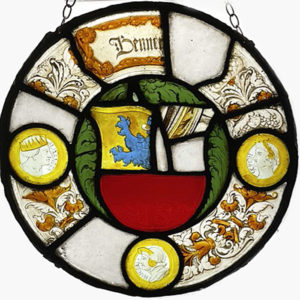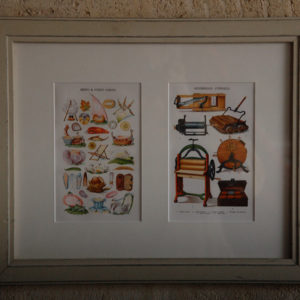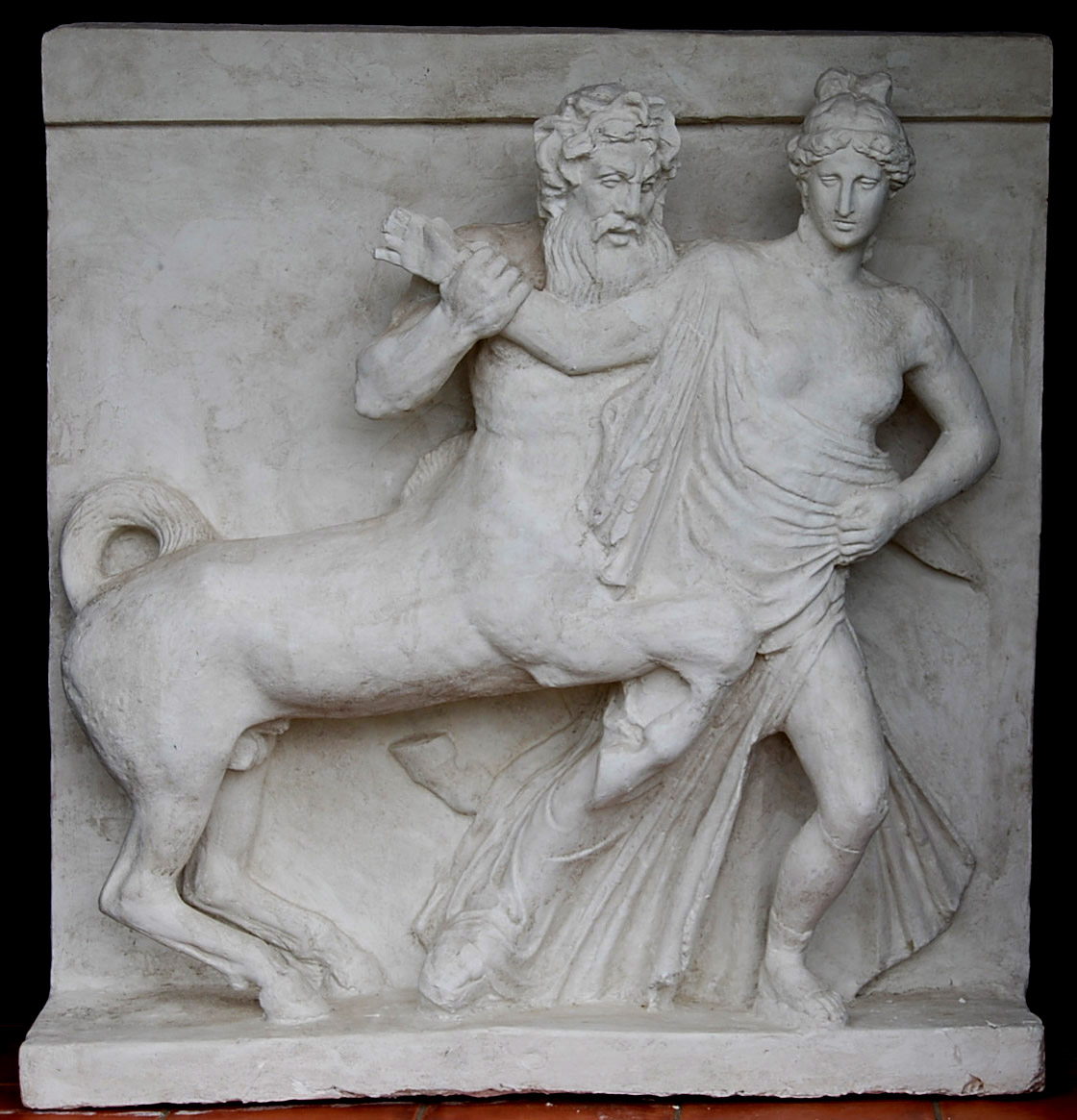Archived Stock - This item is no longer available
A plaster cast of “Centaur raping a Lapith woman”
the classical tablet cast in deep relief with the rearing centaur over-coming the fleeing woman,
SOLD OUT
Out of stock
This metope block, originally part of the Centuaromachy series on the South frieze of the Partenon was not salvaged by the notorious Scottish landowner Thomas Bruce, 7th Earl of Elgin during his lootings of 1801-5 but was taken to France in a seperate consignment. It was being sent by Louis François Sébastien Fauvel to the Comte de Choiseul-Gouffier, but was intercepted by the English and eventually sold at public auction in London. The fragment was then purchased by Elgin to enhance his own collection of marbles from the Parthenon; Elgin later returned it to its original owner (his collection was sold to the British Museum in 1816). The relief originally decorated the south facade of the Parthenon -part of the Doric frieze of ninety-two metopes alternating with triglyphs. The enormous Parthenon temple was built on the Acropolis at Athens between 447 and 432 BC. Its construction was part of a series of major works undertaken in the aftermath of the Persian Wars (490-480 BC) and the destruction wrought by the Persians. Pericles, who dominated Athenian political life from 464 to 429 BC, entrusted the overseeing of the Parthenon's construction to the sculptor Phidias, who worked with the architects Iktinos and Kallikrates. Research continues as to who embellished this casting with the conjectural heads and limbs – a fragment of the latter is held in the Acropolis Museum in Athens and it is known that the Centaur’s original head must have been lost after 1674.
Recently Viewed Items
-

A rare early English stained glass roundel panel
A rare early English stained glass roundel panel
the circular hanger of leaded glass comprising a shield centre incorporating a lion passant fragment and other foliate panes, the circular margin incorporating three profile portraits - of Hannible, Scipio and Alexander -

Mrs Beeton, Cromolithographs, mounted and framed

